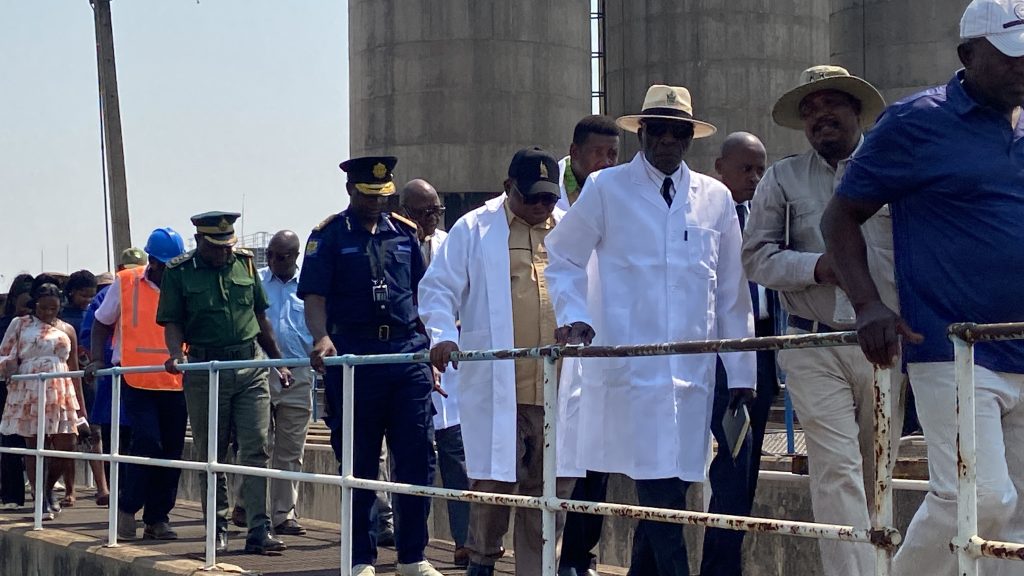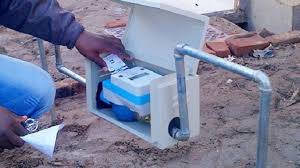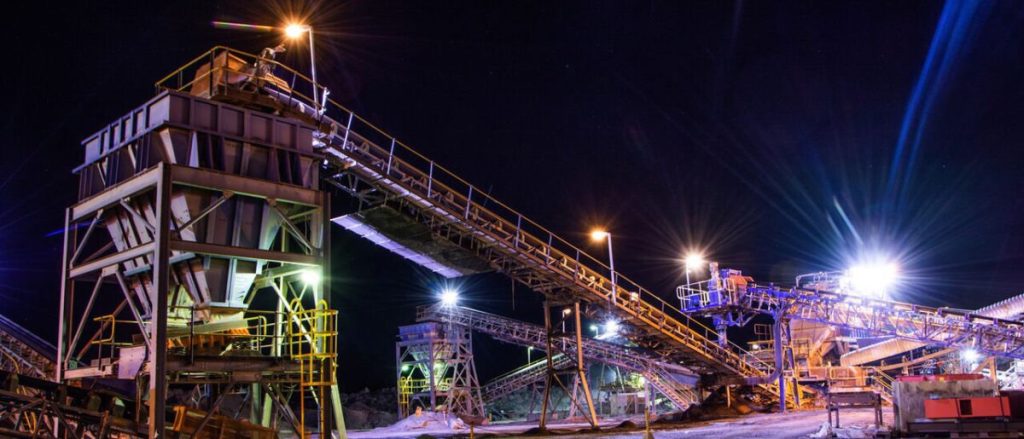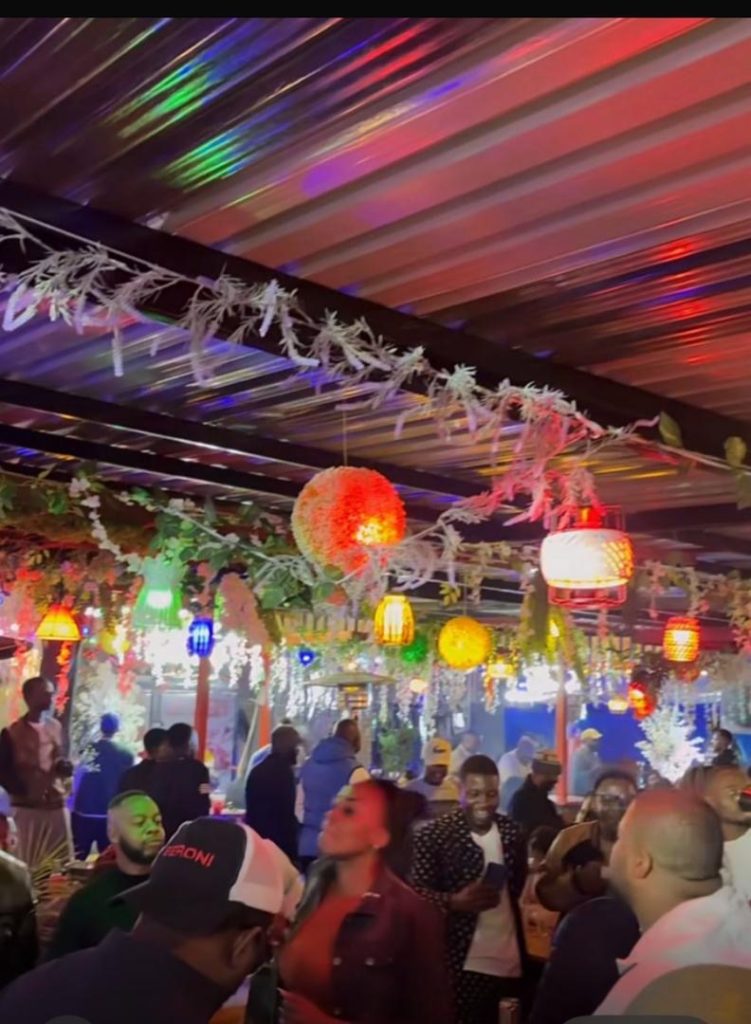By Marshall Bwanya
Harare — Harare’s perennial water shortages exacerbated by myriad of challenges will continue unabated with the local authority’s officials confirming a staggering 900 megalitres daily deficit in supply.
Harare city which supplies Harare Metropolitan currently supplying 300 megalitres daily failing to meet the 1200 megalitres daily demand, leading to excessive water shortages.
Acting Director of Harare Water, Engineer Tapiwa Richard Kunyadini, outlined the dire situation that residents face, as the city grapples with a significant shortfall in water production.
Kunyadini, on Monday, speaking at a Morton Jaffray Water Treatment tour sanctioned by government and Harare City Council (HCC) said Harare Metropolitan’s dire water crisis had been compounded by dilapidated outdated infrastructure, El Niño induced drought and water treatment chemicals.
“The current capacity for Harare is 800 megalitres at minimum to 1200 million liters per day, but the capacity of Morton Jaffray and Prince Edward is at 704 megalitres, that is the capacity to treat the water that is not what we are treating at the moment.
“There already is a mismatch of what we require as a Metropolitan and what we can produce from the current works.
“Therefore a lot of work needs to be done there, as of yesterday (Monday) the current capacity was at 365 mega liters which is below the design capacity due to some limitations, mechanical, the age of the plant and there are some more technical challenges in the system this is where we are,” said Kunyadini.
HCC, in August decommissioned Prince Edward Water, resulting in stricter water rationing with residents bearing the brunt of the water woes.
Lake Chivero and Lake Manyame, the city’s primary water supply sources, are experiencing a severe water shortage.
Both reservoirs are dangerously low, with Lake Chivero at a critical 95 percent capacity and Lake Manyame at 89 percent.
The ongoing water shortages have far-reaching socio-economic consequences for residents, disrupting daily life and posing a serious threat of cholera and typhoid outbreaks.
Harare’s water crisis is further compounded by the exorbitant costs of treatment and power, totaling approximately US$3 million per month.
HCC has been resorting to a cocktail of eight chemicals for water treatment, including aluminum sulfate and chlorine gas, and in partnership with private firm Nanotech Water Solutions (Pvt) Ltd is currently exploring methods to reduce these costs.
“We are working with Nanotech who are right on site as we are talking to see how best we can reduce or eliminate these chemicals.
“The targeted production we are looking to use is not less than 2 million per month and if we include power that’s another million,” said Nyadini.
“Currently as of today, we are only using Aluminum Sulphate, Sodium Chloride and Chlorine gas.
“Sodium Chloride and Chlorine gas are mixed to give us Chlorine dioxide,” added Kunyadini.




